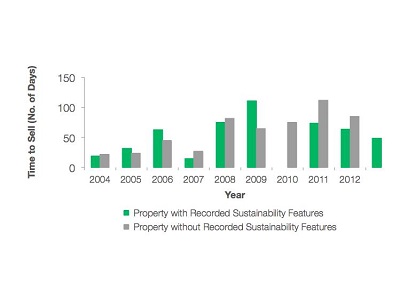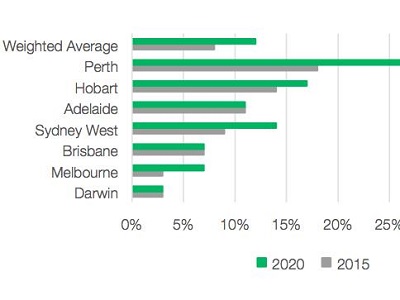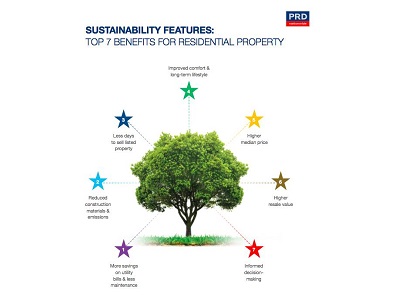A new federally-funded collaborative research study led by Queensland University of Technology (QUT) reveals that sustainable homes are easier to sell than properties without any sustainability features. The comprehensive research project by QUT, conducted in collaboration with PRDnationwide, Karlsruhe Institute of Technology Germany and other industry partners, tracked 215 homes sold multiple times between 2004 and 2014 in Kelso, Townsville, QLD.
According to the study, 22 of these 215 houses had documented sustainability features, such as solar panels, insulation, grey water systems, energy efficient appliances and fittings, low-flush toilets and non-toxic building materials. These properties, on average, were sold 13 days sooner than other non-sustainable homes, while their median house prices were at least 10 percent higher.

In addition, the study found that the sustainably-designed homes:
- Recorded more savings on utility bills and required less maintenance, with projected energy savings ranging from 3–14 percent in 2015, to 3–32 percent in 2020 based on properties across Australia with a 6 Star energy rating or more;
- Required less construction materials and released fewer emissions;
- Had higher resale values;
- Informed the decision making of potential buyers.

Importance of information flow
Although sustainable homes should be marketable based on their own merits, the study does point to the importance of communicating these benefits to both sellers and buyers by key stakeholders:
“Real estate agents, along with property valuers, financiers, and other stakeholders in the residential property purchase cycle need to have a deeper understanding of the benefits and outcomes of sustainable housing for informing decision making practices for home owners and investors.”
This includes providing ESD information, such as solar panels and water tanks in real estate advertising materials, and including information about building orientation or cross-flow ventilation in architectural drawings and images.
Builders should ensure any changes to the property’s internal layout and connection regulations are well-documented, and should also include building material specifications, such as lifespan and toxicity, in their drawings.
Financiers too, should obtain necessary information about the durability and types of building materials. From council to developers and everyone in between, the holistic provision of information will cement the additional market value of sustainable homes.
“Undoubtedly, market value is affected by the supply and demand forces of willing buyers and willing sellers,” the researchers write.
“Increasing recognition of improved market performance associated with sustainability rating schemes means that in order to achieve an agreed and accurate price estimation of sustainable housing, both suppliers and buyers need to be well-informed about the benefits and cost savings of buying such properties.”


